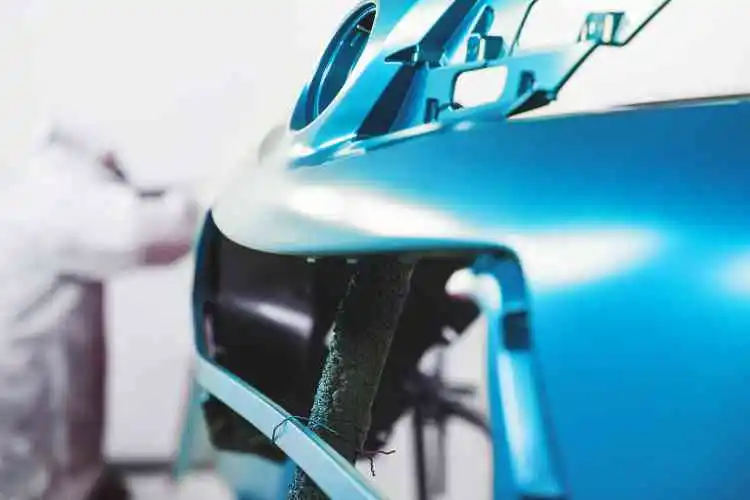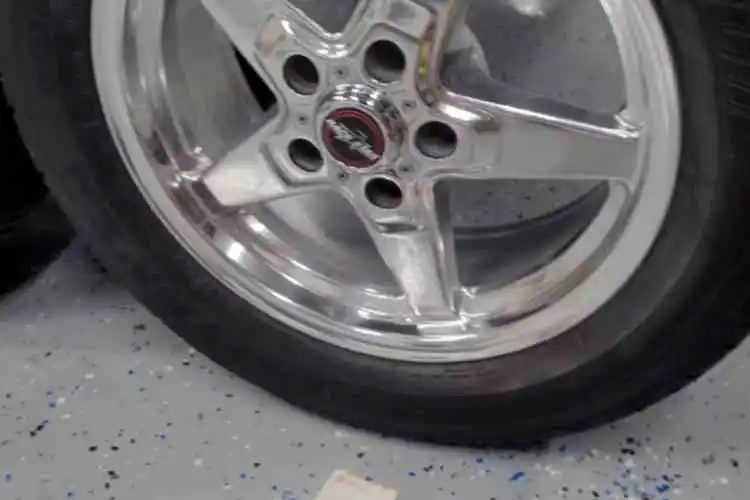Can You Paint Over Line X? A Comprehensive Overview
Line X is a popular and durable spray-on protective coating, often used on truck beds, off-road vehicles, and other applications where strong resistance to abrasion, impact, and corrosion is required.
Can You Paint Over Line X?
Yes, you can paint over LINE-X because it is made to stick to paint. But it’s important to use high-quality paint to get the result you want. Make sure to prepare the surface well before painting, since painting on a surface that isn’t ready can cause the paint to peel or flake. And for better results, make sure you prepare the area first.
Advantages of Painting Over Line X
- Aesthetic Appeal: By painting over Line X, you can add a personal touch to your vehicle or other coated surfaces. A splash of color can make a significant difference, enhancing the overall appearance and making your possessions more recognizable and unique.
- Protection and Preservation: Painting over Line X can offer additional protection to the already resilient coating. High-quality paints can provide an extra layer of defense against UV radiation, corrosion, and other environmental factors that may deteriorate the surface over time.
Drawbacks of Painting Over Line X
- Potentially Reduced Durability: Line X is known for its impressive durability, but painting over it can potentially compromise its strength. Depending on the type of paint and application method used, the painted surface might be more susceptible to chipping, peeling, or fading.
- Warranty Considerations: Before painting over Line X, be sure to check your warranty terms. In some cases, modifying the original coating might void the warranty, which can be problematic if you encounter any issues in the future.
How to Paint Over Line X [Step-By-Step Guide]
Step-1: Preparing the Line X Surface for Painting
Cleaning the Surface
Before you begin the painting process, thoroughly clean the Line X surface to remove dirt, dust, and debris. Use a mild detergent and warm water, scrubbing gently with a soft-bristle brush. Rinse the surface thoroughly and allow it to dry completely.
Sanding the Surface
Sanding the Line X coating is crucial to ensure proper adhesion of the paint. Using fine-grit sandpaper (around 220-grit), lightly scuff the surface in a circular motion, taking care not to sand too aggressively. This will create a rough texture that promotes better paint adhesion.
Wiping the Surface
After sanding, use a clean, lint-free cloth to wipe away any sanding residue. You can use a tack cloth or a cloth dampened with isopropyl alcohol to pick up any remaining dust.
Step-2: Choosing the Right Paint for Line X
Paint Type
Selecting the appropriate paint type is essential for a successful outcome. In general, acrylic enamel or urethane-based paints are recommended, as they offer good adhesion, durability, and UV resistance. Avoid using lacquer-based paints, as they tend to crack and peel on Line X surfaces.
Primer
Using a primer is crucial to ensure proper paint adhesion and to prevent the paint from reacting with the Line X coating.
A high-quality epoxy or urethane primer is recommended. This will create a strong bond between the paint and the Line X surface.
Step-3: Painting Over Line X: The Process
Applying Primer
Apply the primer evenly across the entire Line X surface, following the manufacturer’s instructions.
You can use a paint sprayer or a brush, depending on your preference and the size of the area. Allow the primer to dry completely before moving on to the next step.
Applying Paint
After the primer has dried, you can begin painting the Line X surface. Use a paint sprayer or a brush to apply the paint evenly, following the manufacturer’s instructions.
Apply multiple thin coats, allowing each coat to dry completely before applying the next one. This will help you achieve a smooth, even finish and reduce the risk of paint runs or sags.
Applying Clear Coat (Optional)
For added protection and a glossy finish, you can apply a clear coat after the paint has dried. This step is optional but recommended for surfaces exposed to harsh environments or heavy use.
Use a urethane-based clear coat for the best results, and apply it in thin, even layers, allowing each coat to dry before applying the next one.
Step-4: Curing and Post-Painting Care
Curing the Paint
After the final coat of paint or clear coat has been applied, allow the surface to cure for the recommended time specified by the paint manufacturer.
This is typically between 24-72 hours, but it may vary depending on the type of paint used. Avoid exposing the painted surface to moisture or extreme temperatures during the curing process, as this can negatively affect the paint’s adhesion and durability.
Maintaining the Painted Surface
To ensure the longevity of your newly painted Line X surface, follow these maintenance tips:
- Wash the painted surface regularly with a mild detergent and water to remove dirt and debris.
- Avoid using abrasive or harsh cleaning agents, as these can damage the paint and clear coat.
- Protect the painted surface from direct sunlight and extreme temperatures when possible, as these can cause fading and deterioration over time.
- Inspect the painted surface regularly for signs of wear, such as chipping or peeling, and address any issues promptly to prevent further damage.
Should I Spray Bed Liner Before or After a Paint Job?
The application of bed liners is a crucial part of maintaining your vehicle, particularly the truck bed. When deciding whether to apply the bed liner before or after painting, it is often preferable to apply it afterward.
Because the bed liner is designed to create a permanent, protective covering over the painted surface, this method results in a more smooth finish.
By applying the bed liner after painting, you may eliminate potential paint adhesion concerns and guarantee that the bed liner effectively adheres to the surface.
This method also provides a more finished appearance since the bed liner can be readily matched to the color of the paint job.
Furthermore, applying the bed liner after the paint job enables for easier future touch-ups or repainting without having to remove and reapply the bed liner.
To summarize, it is advisable to apply the bed liner after your car has been painted for ideal results and long-lasting protection.
Conclusion
Painting over Line X is an effective way to customize and protect your coated surfaces. By following the right preparation steps, choosing the appropriate paint and primer, and taking care of the painted surface, you can achieve a long-lasting, visually appealing finish.
Just be sure to consider the potential drawbacks and warranty implications before diving into this DIY project, and consult a professional if you’re unsure about any aspect of the process.



